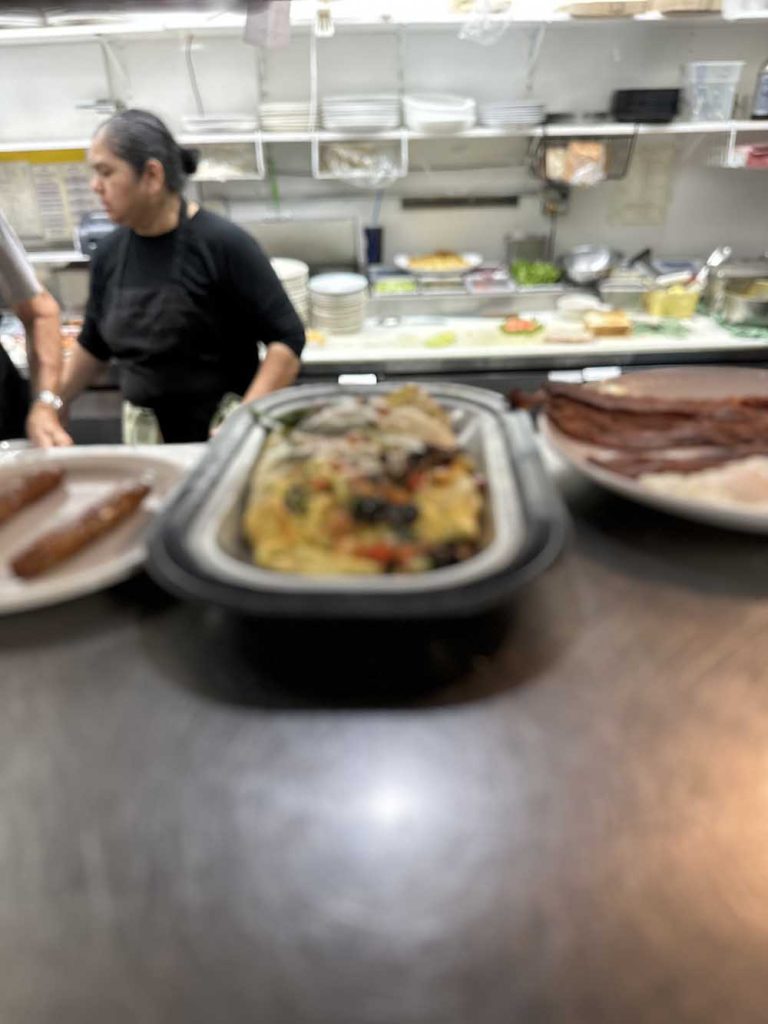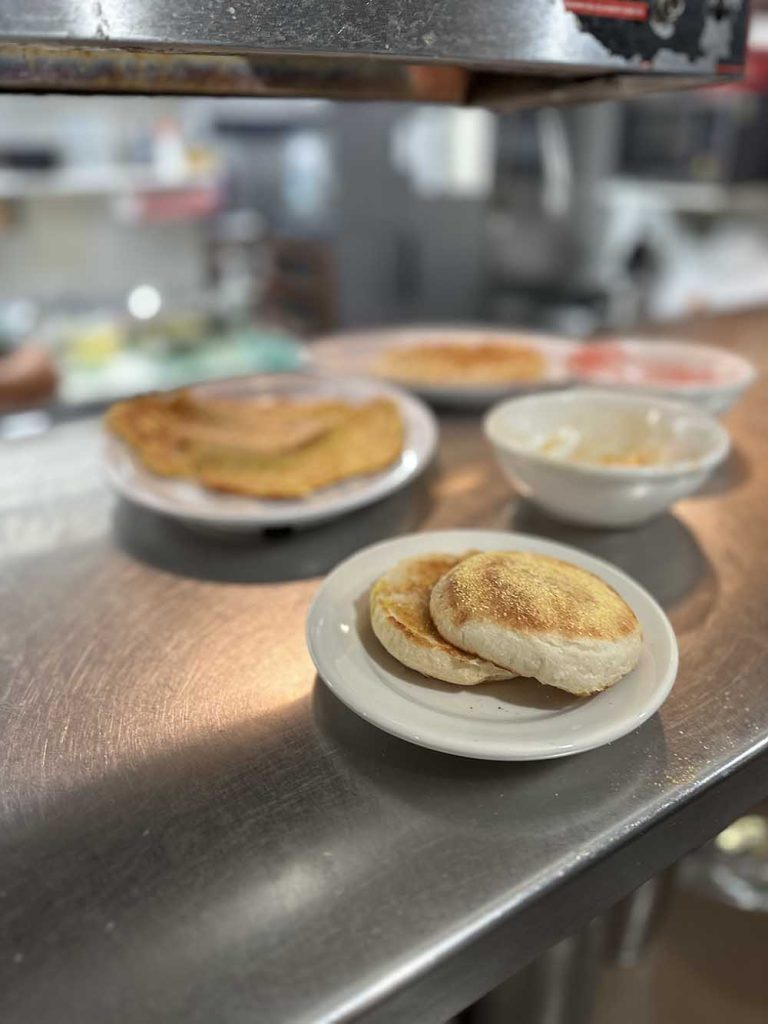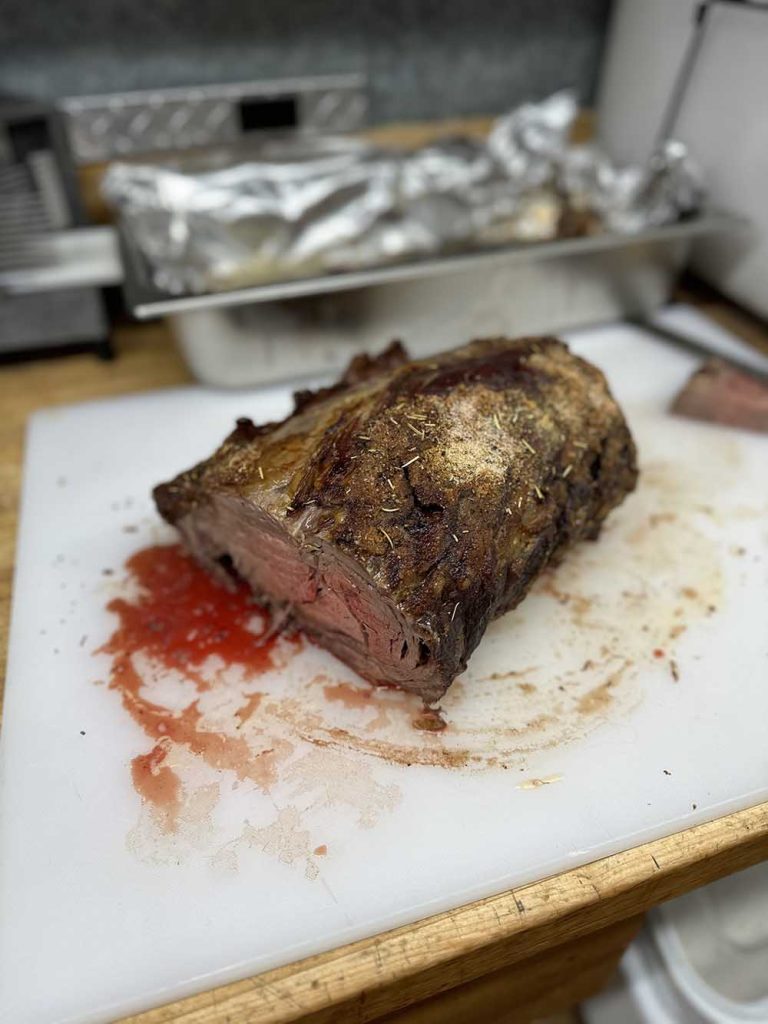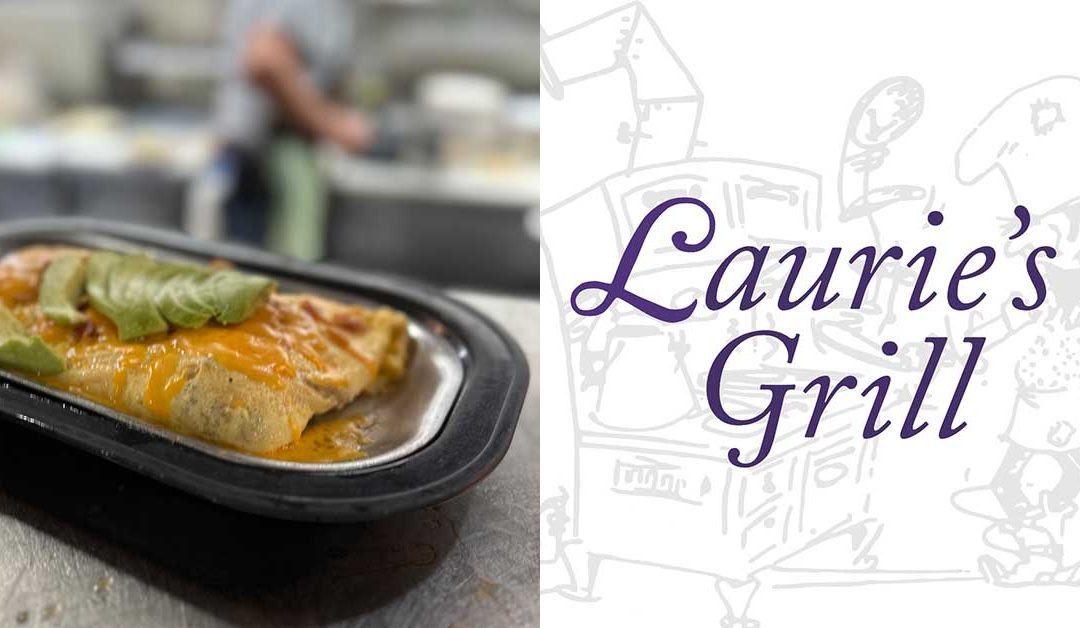How many breakfast restaurants are there in Bend Oregon that cooks from scratch and feels like home cooked? Just one. And it’s Laurie’s Grill. We’ve been in business for 3 years and plan on staying in business to serve central oregonians.
Cooking From Scratch in a Restaurant: A Deep Dive
Understanding the Term “From Scratch”
Before delving into the intricacies of restaurant operations, it’s essential to clarify what “cooking from scratch” truly means. In the culinary world, this phrase signifies a commitment to preparing food using raw ingredients, without relying on pre-made or processed components. It’s a philosophy that values authenticity, flavor, and control over the entire culinary process.
The Core Principles of Scratch Cooking

At its heart, scratch cooking in a restaurant revolves around several fundamental principles:
Fresh Ingredients: The cornerstone of scratch cooking is the utilization of high-quality, fresh produce, meats, and dairy products. This commitment to sourcing the best ingredients directly impacts the dish’s flavor profile and overall quality.
In-House Production: Restaurants that cook from scratch prepare essential components in-house. This includes items like stocks, sauces, bread, pastries, and even cured meats. By controlling these elements, chefs can meticulously tailor flavors and ensure consistency.

Time and Labor: Scratch cooking is undeniably labor-intensive and time-consuming. It requires skilled chefs and a dedicated kitchen staff to handle the increased workload associated with preparing everything from scratch.
Equipment and Infrastructure: A restaurant committed to scratch cooking must invest in appropriate equipment and infrastructure. This includes commercial-grade ovens, mixers, and specialized tools for tasks like pasta making or bread baking.
The Benefits of Scratch Cooking
Embracing a scratch cooking philosophy offers numerous advantages for a restaurant:
Enhanced Flavor: By starting with raw ingredients, chefs can meticulously control the flavor profile of each dish.This results in a more complex and nuanced taste experience for customers.
Quality Assurance: Cooking from scratch allows for greater control over the quality of ingredients and the overall production process. This minimizes the risk of subpar food and ensures consistency.

Food Safety: Preparing food from scratch reduces the risk of foodborne illnesses associated with pre-made or processed products.
Customer Satisfaction: Customers appreciate the authenticity and care that goes into scratch cooking. It can create a strong connection between the restaurant and its clientele.
Differentiation: In a competitive market, offering a menu built on scratch cooking can set a restaurant apart and attract discerning customers.
The Challenges of Scratch Cooking

While the rewards are significant, scratch cooking also presents challenges:
Cost: Sourcing high-quality ingredients and investing in additional labor can increase operating costs.
Time Constraints: The time-consuming nature of scratch cooking can put pressure on kitchen staff during peak service periods.
Waste Management: Careful planning and execution are essential to minimize food waste, as unused ingredients may not be as easily repurposed as pre-made components.
Consistency: Maintaining consistent quality and flavor can be challenging, especially with fluctuating ingredient availability.
Scratch Cooking in Different Restaurant Concepts
The extent to which a restaurant embraces scratch cooking varies depending on its concept and target audience. Here are some examples:

Fine Dining: These establishments typically exemplify scratch cooking to the highest degree, often showcasing intricate techniques and unique flavor combinations.
Casual Dining: Many casual dining restaurants incorporate elements of scratch cooking, such as making sauces in-house or baking fresh bread.
Fast Casual: While speed is a priority, some fast-casual concepts are beginning to incorporate scratch cooking elements to differentiate themselves.
Bakery/Cafe: These establishments often specialize in scratch-made baked goods, pastries, and coffee drinks.
The Future of Scratch Cooking
As consumers become increasingly interested in the provenance of their food, the demand for scratch cooking is likely to grow. Restaurants that can balance the challenges with the rewards of this approach will be well-positioned for success.
Conclusion
Cooking from scratch in a restaurant is a complex endeavor that requires passion, skill, and dedication. While it presents challenges, the potential benefits in terms of flavor, quality, and customer satisfaction make it a compelling choice for many establishments. By understanding the core principles and the various factors involved, restaurants can make informed decisions about the extent to which they embrace this culinary philosophy.


Recent Comments